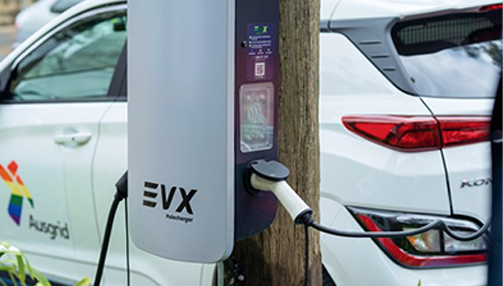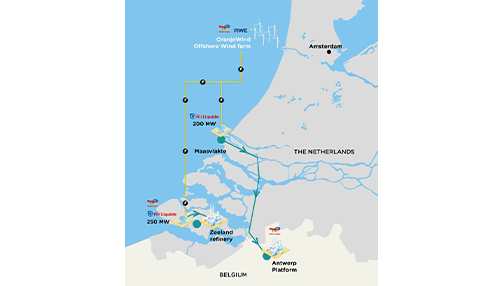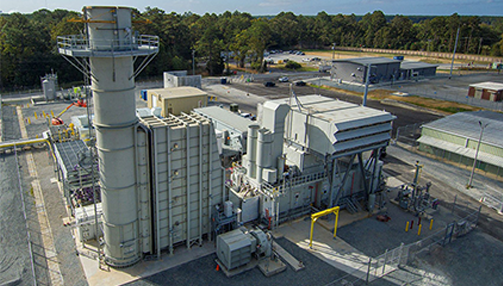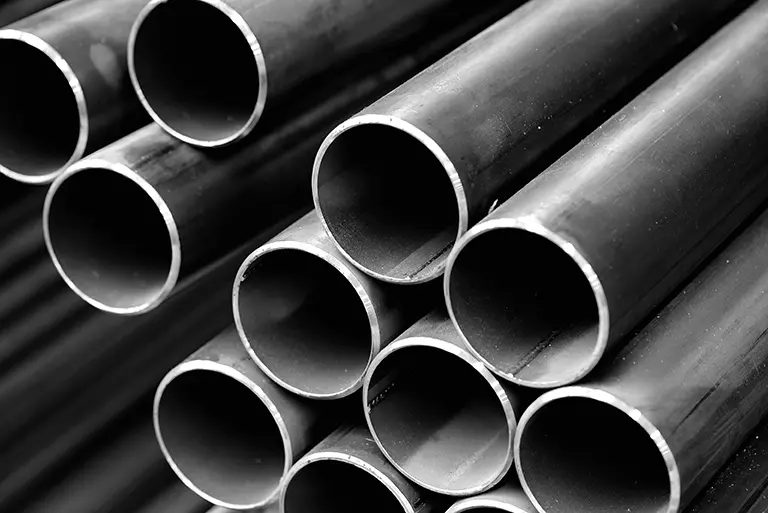
Record-Breaking Hydrogen, Carbon Capture Project Takes Leap Forward
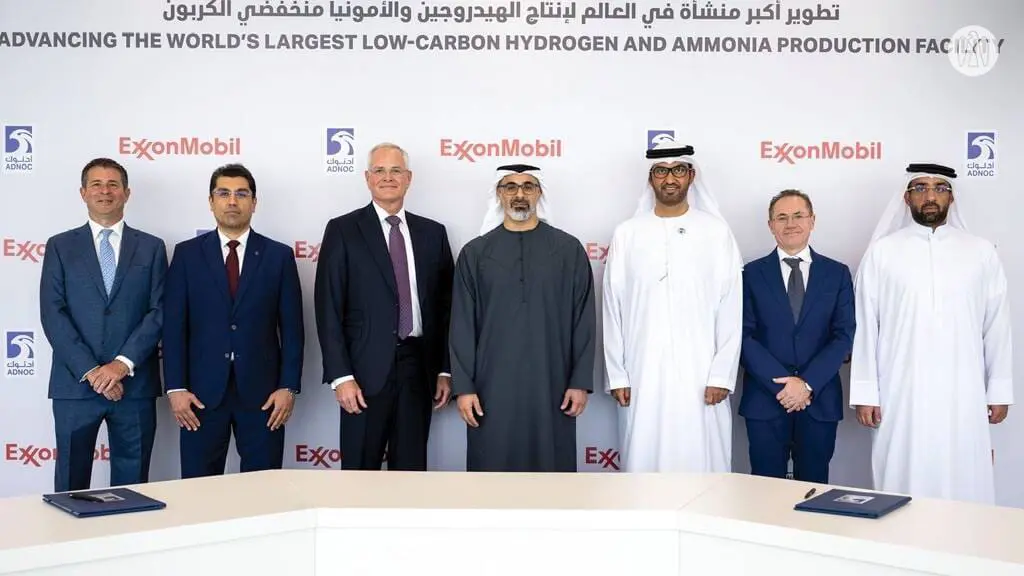
Abu Dhabi National Oil Company (ADNOC) will acquire a 35% equity stake in ExxonMobil’s proposed low-carbon hydrogen and ammonia production facility in Baytown, Texas. “This strategic investment is a significant step for ADNOC as we grow our portfolio of lower-carbon energy sources and deliver on our international growth strategy,” said His Excellency Dr. Sultan Ahmed Al Jaber, minister of industry and advanced technology and ADNOC managing director and chief executive officer (CEO). “We look forward to partnering with ExxonMobil on this low carbon-intensity and technologically advanced project to meet rising demand and help decarbonize heavy-emitting sectors.”
The agreement represents a significant investment in US energy production and the global energy transition. It will help reduce greenhouse gas emissions across hard-to-decarbonize sectors, including industry, energy and transportation, meet rising demand for lower-carbon fuels, and accelerate a net-zero future.
The facility will leverage advanced carbon capture and storage technologies to reduce emissions associated with hydrogen production. Creating US jobs and supporting community development initiatives, the project’s construction will also bring substantial economic benefits to Baytown, the Houston area, and Texas, according to ExxonMobil.
“We appreciate His Highness Sheikh Khaled bin Mohamed bin Zayed Al Nahyan’s support for this groundbreaking partnership,” said ExxonMobil chair and CEO, Darren Woods. “This is a world-scale project in a new global energy value chain. Bringing on the right partners is key to accelerating market development, and we’re pleased to add ADNOC’s proven experience and global market insights to our Baytown facility.”
Following a final investment decision (FID) for the project, ADNOC intends to support ongoing community initiatives in the Baytown area, in line with the company’s commitment to sustainability and education in the locations where it operates. This commitment reflects ADNOC’s broader strategy to foster community development and ensure that the benefits of its projects extend beyond environmental gains to include social and economic advancements.
Contingent on supportive government policy and necessary regulatory permits, the facility is expected to be the world’s largest of its kind upon startup, capable of producing up to 1 Bcf/d of low-carbon hydrogen, which is virtually carbon-free with approximately 98% of carbon dioxide (CO2) removed and more than 1 million tons (0.91 million tonnes) of low-carbon ammonia per year. An FID is expected in 2025 with anticipated startup in 2029.
ExxonMobil first announced the initiative in January 2023, a year after committing to net-zero greenhouse gas emissions by 2050. At the time, the initial startup date was expected between 2027 and 2028. “This project would be a game changer – in two ways,” said Woods in the January 2023 release. “First, using hydrogen to fuel our olefins plant at Baytown could reduce site-wide CO2 emissions by up to 30% compared to current operations. The project would support ExxonMobil’s ambition to achieve net-zero greenhouse gas emissions (Scopes 1 and 2) across our operated assets by 2050. Second, the carbon capture and storage project included in this plan would be one of the world’s largest, capable of storing up to [11.02 million tons] 10 million tonnes of CO2 per year – equal to the emissions from more than 2 million cars. It could double our current carbon capture and storage capacity of [9.92 million tons] 9 million tonnes per year, which leads industry.”

Over the last few years, ExxonMobil has accelerated its low carbon investments. It continues to approach the energy transition through the lens of the oil and gas industry rather than diversifying to include solar and wind energy. Exxon is already a leader in carbon capture and storage, but it believes that hydrogen can be an especially important emissions reducer in heavy industry and hard-to-decarbonize sectors.
In September 2023, Exxon announced the startup of two new chemical production units at its Baytown manufacturing facility. The US$2 billion expansion is part of ExxonMobil’s long-term growth plans to deliver higher-value products from its US Gulf Coast refining and chemical facilities. The new performance polymers line will produce 440,925 tons (400,000 tonnes) per year of Vistamaxx and Exact-branded polymer modifiers, which, according to Exxon, can enhance the performance of a broad range of chemical products used to make automotive parts, construction materials, hygiene and personal care products, and various packaging applications. The new linear alpha olefins unit will produce 350,000 tons (317,515 tonnes) per year of Elevexx-branded products, marking ExxonMobil’s entry into the market. Linear alpha olefins are used in plastic packaging, high-performing engine and industrial oils and other applications. They’re also building blocks for surfactants, which reduce surface tension for cleaning and industrial uses, and drag reducing agents, which allow crude to flow through pipelines more efficiently.
In June, ExxonMobil reached an agreement with Air Liquide to support the production of low-carbon hydrogen and low-carbon ammonia at ExxonMobil’s Baytown, Texas facility. The agreement will enable transportation of low-carbon hydrogen through Air Liquide’s existing pipeline network. Additionally, Air Liquide will build and operate four Large Modular Air separation units (LMAs) to supply 9921 tons (9000 tonnes) of oxygen and up to 7165 tons (6500 tonnes) of nitrogen daily to the facility. The LMAs will primarily use low-carbon electricity to reduce the project’s carbon footprint.

